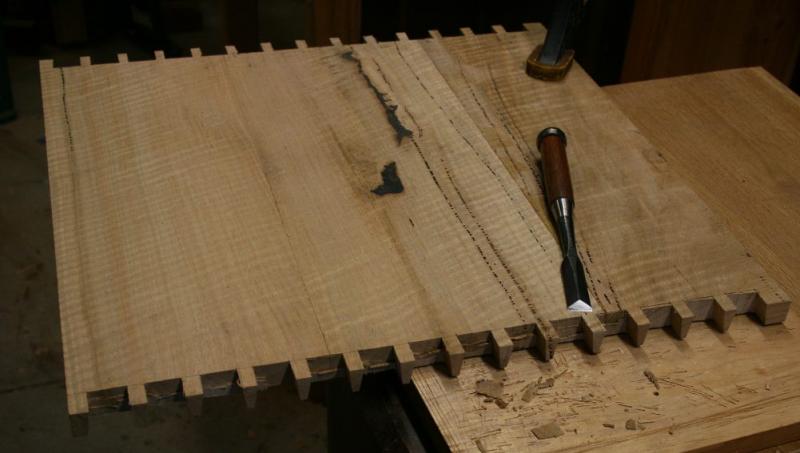This is my experiment over the years. Jigs in general register off of the flat side of a chisel. This includes the eclipse, which is shown, and the Veritas mk2 that I also own. In doing so that is where registration is obtained. If there is a discrepancy in thickness fro the front to the back of the blade there will be a difference in how the bevel is formed. When the blade is placed on the stone and the wheel is kept tight against the stone than the bevel will be formed coplaner to the registered back. If pressure is placed at the bevel and rocked to meet the stone you have a 4 point unstable arrangement with one side of the wheel raised up. Now the bevel will not be coplaner with the back. If you now try to form a secondary bevel and press lighter, which we tend to do, the secondary will not look equal to the main bevel. It does not take much. I would have used a chisel for the demo but all of mine are freehand and would be slightly off from a jig. I hope the photos explain it some. And yes that is an original eclipse. Looks new doesn't it. It rarely gets use.
Jim





 Reply With Quote
Reply With Quote








